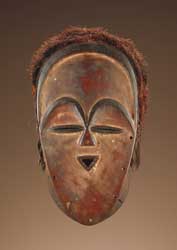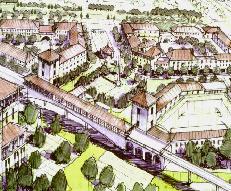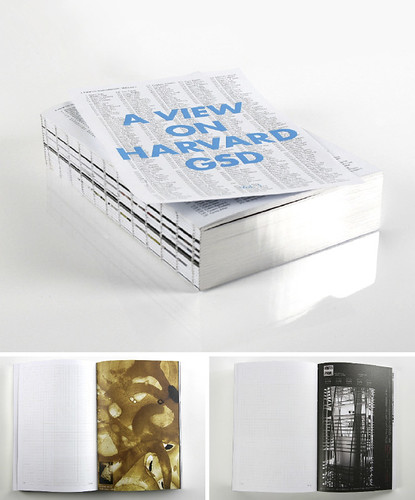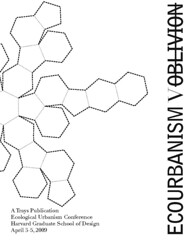DAY ONE:
I think this is my fifth or sixth trip to Washington, which puts it near the top of the list of time spent in cities that I’ve never lived in (with Chicago and Rome). That’s kind of strange for me, because, to be blunt, it’s never really been my favorite place. Don’t get me wrong, I like DC, just not the way that I like New York or Chicago (or Rome or Amsterdam).

I love DC’s planning. L’Enfant’s grid plan mixed with the diagonal boulevards and circles is probably the best grid plan in America. It manages to mix logic with beauty in a way that upper Manhattan or Chicago just don’t. Unfortunately, the architecture doesn’t carry it through. Despite the grandeur that DC’s great buildings exude, the classical styles are just kind of bland. This is carried to an even further extreme in the office buildings. They are large, imposing and uninspiring. It’s understandable though, it’s a democratic city, and when you try to please everyone in planning and architecture you end up with substandard fare. Washington is the vanilla of American cities. Everyone can get by with it, but most people would like it if it were spiced up just a bit.
Anyways, we got $50 round trip tickets, and there are some new museums that I really wanted to see, along with a surprisingly good brand-spanking-new baseball team, so how could we really pass up a few days? We flew in to Dulles early yesterday (a word of advice: fly to Reagan-National instead if you can. Besides the fact that Reagan was less evil then the Dulles brothers, which says something, it is way easier to get out of the airport and into the city). We’re staying in a run down flophouse in Dupont Circle above a bar that proclaims the most different types of beer in the world. Side comment: It is so weird seeing people smoking indoors. Even the dude checking us in to the hotel was puffing away.
First stop was the National Zoo. It was all right. I was hoping for one of those older urban zoos like Como or Lincoln Park where you can actually see the animals, but it was more like the Minnesota Zoo where you have to really try. They did have capybara and cavies (wild guinea pigs) so that made up for it. It was also freaking hot though, and we both got a little burned.

In the afternoon, we went to the new International Spy Museum, which rocked so hard. I think it’s replaced the Vatican’s Modern Religious Art Museum as my favorite. All the way through the museum, you got to spy on the people behind you with listening devices and crawling through ductwork and the like. There were also lots of interactive displays where you could identify people undercover and look for signs of dead drop sites and stuff like that. So cool.
We had a late dinner in Chinatown, and then it was off to bed. End day one.
DAY TWO:
We decided to start off the day with a walk around all of the national monuments, since there are a couple of new ones since the last time we were here. Jefferson and Lincoln were both pretty much as I remember them. I’m not a fan of the concept of the temple as a memorial. It creeps me out a little bit, but it is still hard to not be moved. I also enjoyed Jefferson’s memorial more now that I’ve traveled more and was able to pick apart the architectural bits that they took from elsewhere; for example, the roof is a smaller copy of the Pantheon in Rome. I loved the FDR memorial. I found it very fitting. The Korea and Vietnam memorials I had seen before, but they are still very moving. The new World War Two memorial was a stark contrast. Vietnam and Korea are both dark marble and rather small. The statuary at Korea shows a tiredness and fear, and the way the Vietnam is sunk into the ground reflects the role the Vietnam played in America’s history. World War II is huge and white and exuberant. Jessica pointed out that it seemed very victorious.

In the afternoon, we went to the new Museum of the American Indian. I loved it. I’m part Cherokee, and I’ve always had a bit of a thing for Native American history. The architecture was stunning. Probably better then any of the other Smithsonian Museums; it really fit the subject matter. The exhibits were also very good. There was one side that showed several nations history and then on the other side they showed the lifestyle and belief systems of other nations. There was also an exhibit of modern native art. Jessica and I bought a piece of Inka pottery.
In the evening, we went to RFK stadium for a Nationals game. I like RFK. We had seat just above home plate, which is usually better then we get, but it was cheep. It reminded me of old-timey baseball. The beer was still in bottles (made of glass!) people smoked inside, food didn’t cost an arm and a leg and the crowd got excited when people hit doubles. It was a good game too. The pitching on both sides sucked, but that always makes for an interesting game.
FINAL DAY:
In the morning, we went to the Natural History Museum. It had been several years since I’d been, and they’ve been doing some remodeling. About half of the displays were close while they were being redone. The new ones looked great, the old ones not so much. One of them actually had wood paneling. I felt like I was in a rumpus room from 1965. The new mammal hall looked really nice. I remember last time I was there everything was all dusty and dark.

We had lunch at a bistro at the National Sculpture Garden and then went to a couple of the art museums, The National African Art Museum and the Sackler Gallery. The Sackler Gallery is all Asian art, mostly from the Middle East and China. There was a very interesting display of stuff that showed how Iraqi and Chinese art had affected each other as they started trading. You’d start with this white bowl from China then the next one would be a white bowl in the same style with simple blue calligraphy from Iraq and then there would be a white bowl with a little more complex patterns from China and so on. It was very interesting.

The African Art Museum was also quite good. My favorite exhibit there was of life items (you know, stools, pipes ect.) from across Africa. The curators of both museums were great. They were housed in identical buildings, however the African museum was very warm and comfortable. The Asian museum had more of a stark, simple exquisite beauty. I highly recommend both.
Read more...










